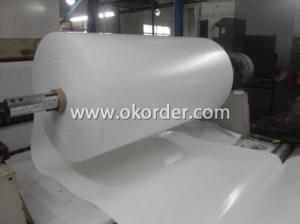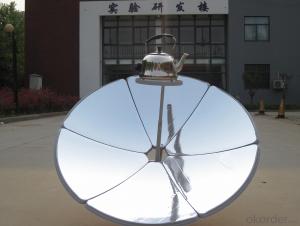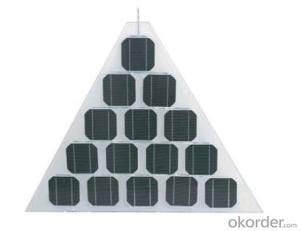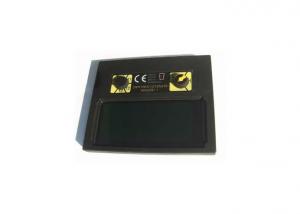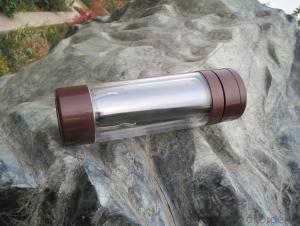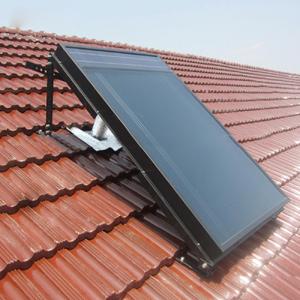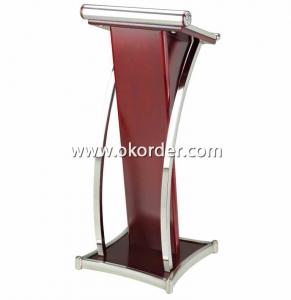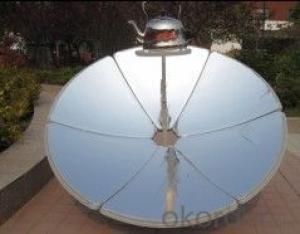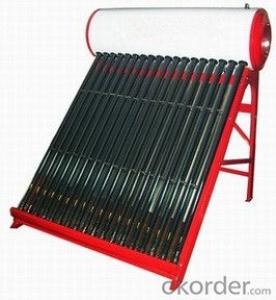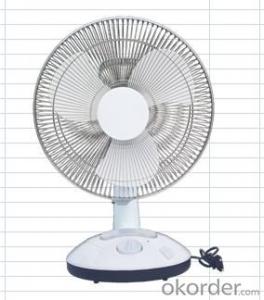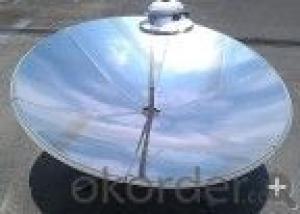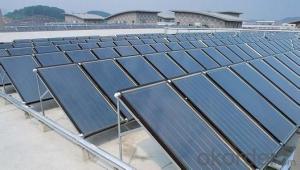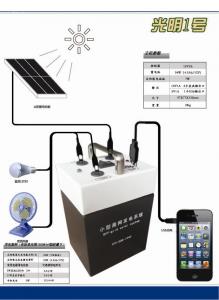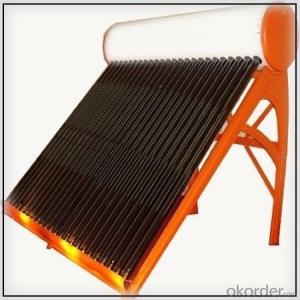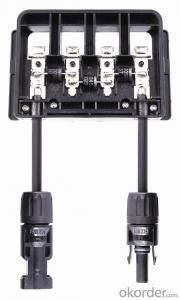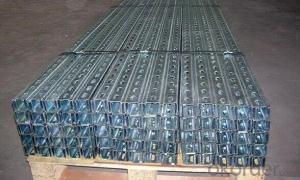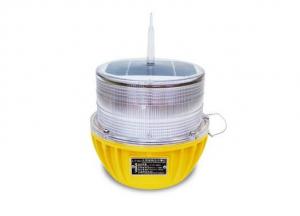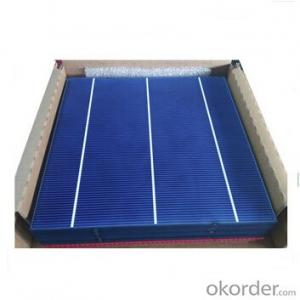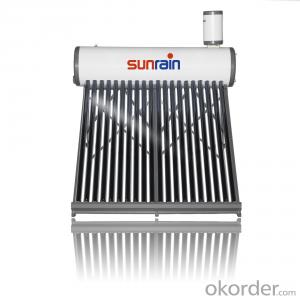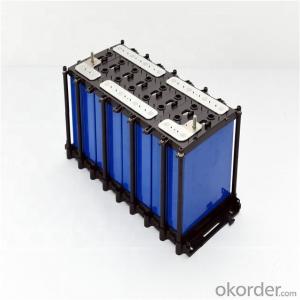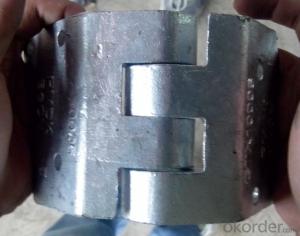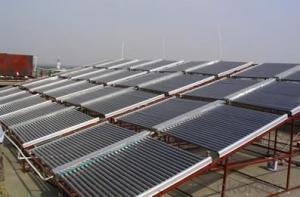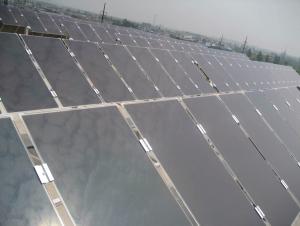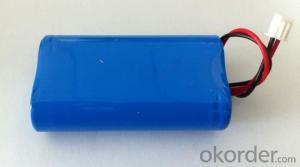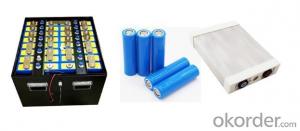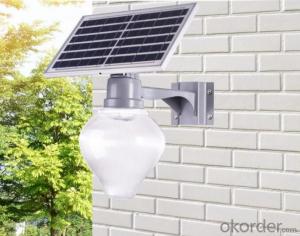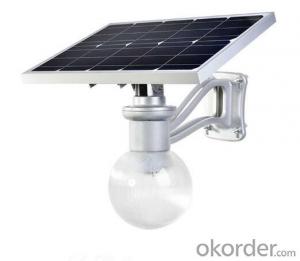Poseidon Solar
Poseidon Solar Related Searches
Poly Solar Module Phoenix Solar Inverter Module Solar Infineon Solar Inverter Pid Solar Module Solar Module Polycrystalline Solar Module Pv Module Solar Panel Solar Pv Module Eaton Solar Inverter Amaron Solar Inverter Bosch Solar Module Orion Solar Inverter Avorion Solar Cells Freesun Solar Inverter Easun Solar Inverter Solar Air Module Psim Solar Module Smart Module Solar Eva Solar Module Welion Solar Inverter Solar Power Module Polymer Fullerene Solar Cells Fusion Solar Inverter Solar Sound Module Pv Solar Inverter Arduino Solar Module Vevor Solar Inverter Pervoskite Solar Cells Silicon Solar Pv ModulePoseidon Solar Supplier & Manufacturer from China
Poseidon Solar is a comprehensive range of high-quality solar products that cater to various energy needs. These products are designed to harness the power of the sun and convert it into usable electricity, making them an excellent choice for both residential and commercial applications. The product line includes solar panels, inverters, batteries, and other essential components required for a complete solar energy system. By utilizing Poseidon Solar products, users can significantly reduce their reliance on traditional energy sources, thereby contributing to a more sustainable and eco-friendly future.The application of Poseidon Solar products spans across a wide range of scenarios, from powering homes and businesses to providing energy for remote locations and off-grid applications. These products are particularly beneficial in areas with limited access to electricity or where the cost of traditional energy sources is high. By integrating Poseidon Solar products into their energy infrastructure, users can enjoy a reliable and cost-effective source of power that is also environmentally friendly. Whether it's for a small-scale residential setup or a large-scale commercial project, Poseidon Solar products offer a versatile and efficient solution for meeting energy demands.
Okorder.com is a reputable wholesale supplier of Poseidon Solar products, boasting a vast inventory that caters to the diverse needs of its customers. As a trusted source for solar energy solutions, Okorder.com ensures that its customers receive top-quality products at competitive prices. With a commitment to customer satisfaction, Okorder.com provides excellent support and assistance throughout the purchasing process, making it easy for customers to find the right Poseidon Solar products for their specific requirements. By partnering with Okorder.com, customers can rest assured that they are getting the best value for their investment in solar energy solutions.
Hot Products

